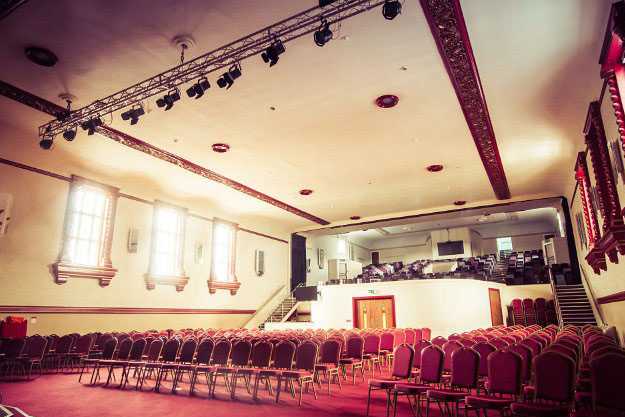Yamaha MTX3 solves Lifespring’s division dilemma
- Details

Built in the 1920s, The Pavilion was originally Reading’s first public cinema. Later converted into a snooker hall, Lifespring Church restored it in 2013, with a layout close to the original. It is now Lifespring’s permanent home, hosting weekly worship services, youth events, meetings and other activities.
For the first three years of the building’s new life, Lifespring used the former auditorium as its main space, But last year it added an extension on the balcony to provide extra capacity and to have the option of using two separate spaces or one big one. This raised the issue of how to manage the sound reinforcement.
Reading-based SFL Group has many years experience in house of worship projects. The company had provided Lifespring’s audio system in 2013, adding further equipment to the balcony area in 2016. As part of this, SFL was asked to solve the problem of splitting or combining the sound reinforcement, according to how the updated venue was being used.
“A full width drape wall can be pulled across the front of the balcony to separate the two spaces,” says SFL project engineer Pat Smith. “Lifespring needed a means of distributing audio throughout the twin systems that enabled easy switching between split and combined venue configurations.”
The solution was the Yamaha MTX3, through which all audio signals are routed. When the space is divided, each ‘half’ of the audio system operates independently, including the feeds from separate mixing consoles and other sources. In the combined configuration, the main auditorium console mixes the full system.
Users needed to be able to switch quickly and easily between the configurations, so a Yamaha DCP4S control panel was included at both mix positions. A simple touch of a button on either panel makes the MTX3 apply presets for signal routing, output levels and delay to each audio channel, instantly changing the system from split to combined mode and vice versa.
In combined mode, the MTX3 also handles additional level management and delays for the extension area, aligning and balancing the two halves of the audio system.
(Jim Evans)













